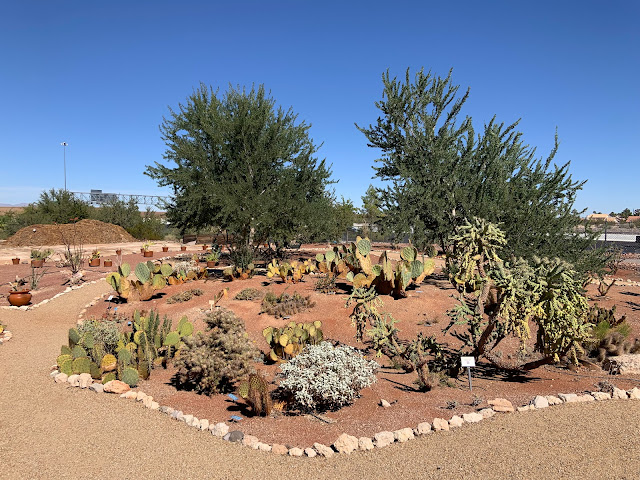Q. I planted a very large ‘Bonita’ ash tree this year and was worried about ash decline disease. This last May we noticed there were not as many leaves growing as we expected and many of the ones that were growing scorched and fell off. After 4 months of very good care to water, fertilize, and condition as told, the ‘Bonita’ ash tree does not look as we were told when we bought it. While it has grown taller, it had not filled in much.
 |
| 'Bonita' Ash Tree recently planted. |
A. Ash Decline disease can be confused with a lack of water. It may also be confused with poor planting practices and leaving the ash out too long before planting.
 |
| Possible ash decline disease. The only real way to say it is ash decline is to send a sample to a plant pathologist familiar with the disease. |
Nearly all ash trees are susceptible to ash decline disease, particularly if it has Arizona ash genetics in it. ‘Bonita’ ash does. So do ‘Modesto’, ‘Raywood’, ‘Rio Grande’, and other ash trees commonly sold in nurseries. That being said, this disease is usually not a problem on young ash trees as long as they are not stressed and there are no diseases present that might cause it to spread. Young ash trees are normally very strong and healthy.
Disease Pressure
The keys to resistance are “disease
pressure”; how much of this disease is present on ash trees in your
neighborhood and the “health” of your trees. The disease agent that causes ash
decline is not terribly virulent. It is not like a disease such as fireblight
which can be terribly destructive under the right conditions. If the ash trees
in your nearby neighborhood don’t show any symptoms (branch or limb dieback)
and kept healthy, then most likely the tree you planted will live disease free
for many years to come.
Give Them Water and Fertilizer and See if they Recover
Make sure your tree are not water
and fertilizer stressed. All ash trees are “mesic” in their water needs. Even
desert ash trees, such as Arizona ash, grows near waterways. Like mulberry, all
ash trees are dioecious; there are male trees and female trees. There is little
difference in the health of a male vs. female ash tree.
 |
| Ash tree surrounded by lawn and well fertilized and watered. They are mesic and can withstand a lawn. |
Ash trees can get big. Make sure
they get enough water as they get bigger.
Getting enough water is one key to having a thick and broad canopy and
staying healthy. The irrigation under the tree should be enlarged every two to
five years to compensate for their increase in size.
Keep Ash Trees in Good Health
The other important ingredient
regarding canopy density and health are annual fertilizer applications. At
least once a year and its canopy density, apply a fertilizer high in nitrogen,
the first number on the fertilizer bag. Examples might include 16-6-8 or 16-16-16.
 |
| Ash tree about 3/4 mature and surrounded by grass. They can get big. Their need for water is not as much as mulberry but close. |
Ash trees don’t care much for rock
on top of the soil unless their roots are growing in a rich soil underneath it.
Periodically rake any rock away from the trunk of the tree, enlarge the
irrigation system, apply compost to the soil surface and fertilizer. The rock
can be raked back the same day you are finished.

.JPG)












.JPG)

.JPG)
.JPG)

.JPG)

